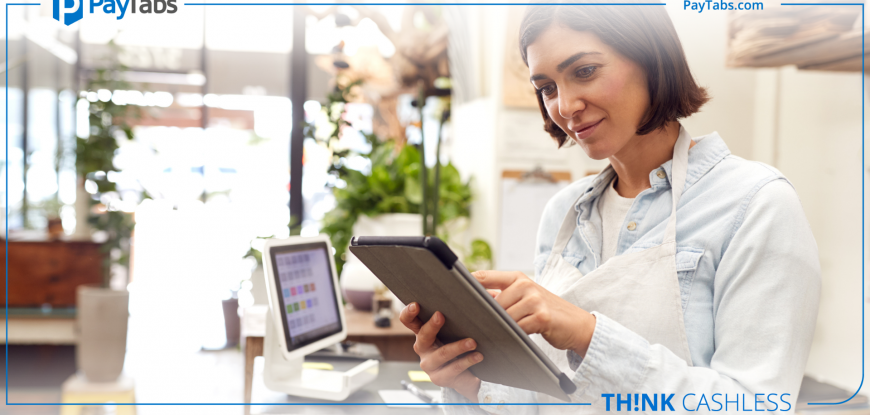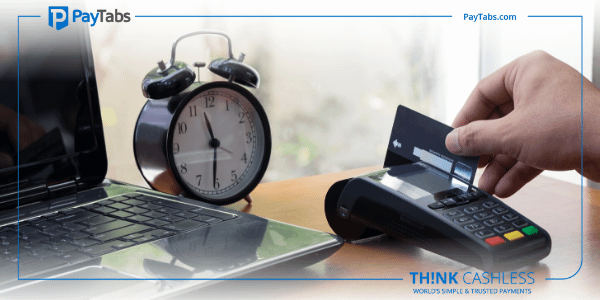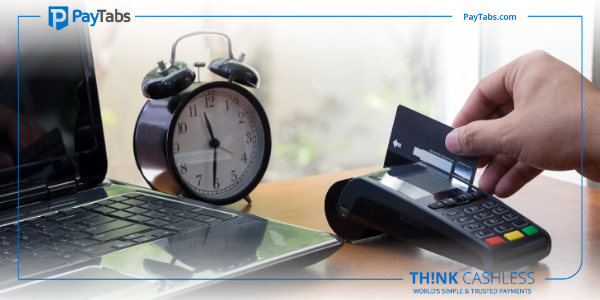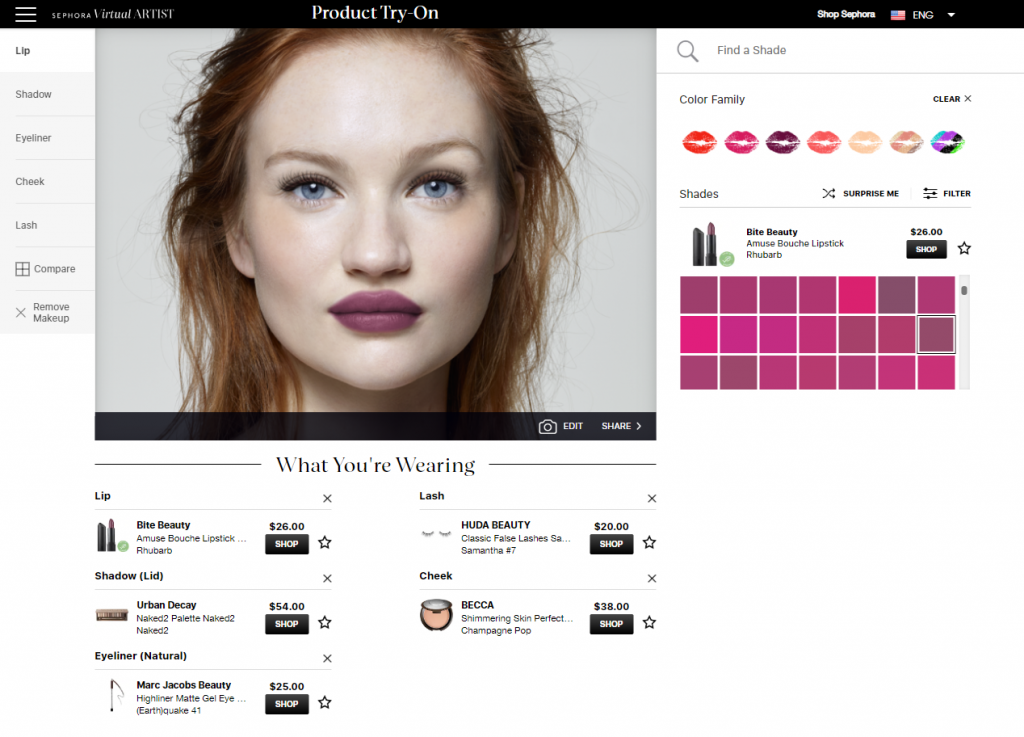The Best Programming Languages for FinTech
As technology continues to advance, financial sectors and fintech are very receptive as they seek to improve service delivery and boost efficiency. With numerous programming languages to choose from, making the right choice for your business can be challenging. While some programming languages are more popular than others, the best language eventually boils down to your business needs.
Do remember that every programming language can deliver desired results if you apply it accordingly. With numerous programs and boot camps offering programming training, you can utilize your GI benefits to learn code if you are a retired service member. Here are the best programming languages to consider for fintech.
1. Python
Python is one of the oldest and most popular languages for fintech. The simplicity and flexibility of its syntax make it beginner-friendly as it is easy to learn. Not only does it come with a wide array of libraries, but it is also highly scalable due to its consistency and interactive abilities. Since it allows type checking during code execution, it reduces the time you spend testing code.
You can use Python for web development, data science, machine learning, and artificial intelligence applications. In fintech, it is applicable in risk and trade management, as well as pricing. It is, therefore, ideal for hedge funds, insurance, and investment banks.
2. C++
If you are looking for speed and efficiency, C++ is the perfect fit. It is great for operations that require advanced computations, which makes it ideal for quantitative analysis and finance. C++ is efficient as it allows code reusability. Therefore, you can use it when building complex projects.
The rich library gives you access to all the tools you need for your tasks and operations. Although it allows simultaneous operations fast, C++ is complex. It is, therefore, not ideal for beginners. Since it may also have security issues, it is advisable to use C++ in specific niches.
3. Java
Java Programming language can handle large amounts of data and offers impeccable security, making it ideal for fintech. The security abilities of Java allow for easy isolation of suspicious code and virtual machines. It is also stable and versatile, meaning it can run on any platform as it works on virtual environments. You can change devices from web to mobile without necessarily having to switch code.
Java programming language is popular with banks as they handle sensitive information that requires highly secure systems. Programmers working on long-term projects can use Java as it also allows you to detect errors during the compilation stage. For big enterprises that want reliable and stable software, Java is the best option.
4. Scala
Scala is a functional and object-oriented programming language that addresses Java’s inadequacies, such as concurrency issues. It is a widely-used language in financial technology, especially in areas such as data architecture and finance platforms based on the cloud. Since it has concurrent support and immutable collection, it works well for data-intensive applications.
Although Scala is primarily a JVM language, you can compile it to other representations such as JavaScript and Native Code. With continuous improvements, Scala is simple, more stable, and predictable. Compared to other languages like Kotlin, Scala performs better in data-intensive applications and stream processing. One of the notable platforms that use Scala is PayPal.
5. Ruby
Ruby has all the ideal characteristics and features necessary for fast development. Although it may not be the most popular language in the fintech industry, it is highly effective and combines the efficient qualities of other technologies such as Pearl and Lisp. Ruby’s powerful framework allows for the development of scalable apps and the writing of highly secure codes. It also has numerous built-in plug-ins and libraries. Therefore, you can achieve time efficiency as you don’t have to write lines of code.
Ruby’s qualities make it a cost effective programming language as the free plug-ins and secure code allows for fast and cheap development. You can use Ruby to develop financial technology such as digital payment systems and e-wallets for e-commerce. You can also build financial and analytical dashboards, as well as asset management systems.
6. SQL
SQL, also known as Structured Query Language, SQL is a crucial language for database operations. It is useful in storing, retrieving, and manipulating data. In finance, SQL makes it possible to analyze data, establish patterns and make future predictions. It is also an indispensable language for handling data with multiple variables and relationships.
Since most data in the financial sector have complex relationships, SQL makes it easy to manage it. With the increase in data science and analysis, SQL has grown in popularity. Note that SQL is ideal for small databases as it may not work well with large expansive databases.
The right financial technology is essential for any successful project, and the above programming languages can help you achieve efficiency in the finance sector. If you want to venture into the development of financial apps and systems, you can learn to code using your GI benefits and get the best out of each language.

-Angela Martin: 30-something data enthusiast who enjoys statistics, yoga, running and using technology to get insights from large amounts of data.
Currently has been working in a data-related field for 6 years and her favorite animals are cats.





 About the author
About the author

